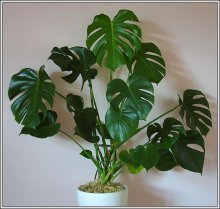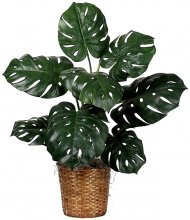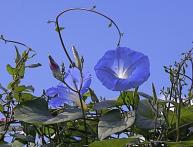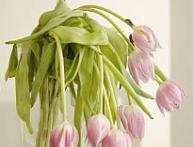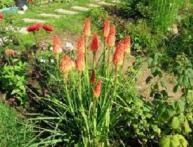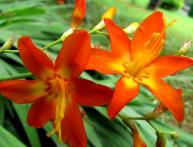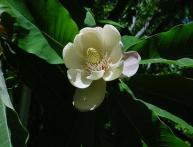How to propagate monstera indoors, caring for it and watering it
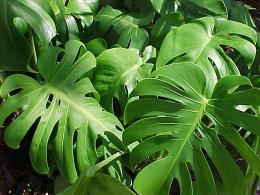
Among the indoor flowers there are many plants that were previously customary to see in the forest or meadow. As navigation and trade developed, southern exotics were brought to the northern regions, which could only be grown indoors, under certain conditions.
Over time, lovers of rare imported plants learned not only to grow them indoors, but also quite successfully multiply. In this case, the South American monstera plant is no exception. Let's try to understand how to grow and propagate monstera indoors.
Content:
- The history of the appearance of monstera in indoor floriculture
- Reproduction of monstera at home
- Monstera, principles of care
The history of the appearance of monstera in indoor floriculture
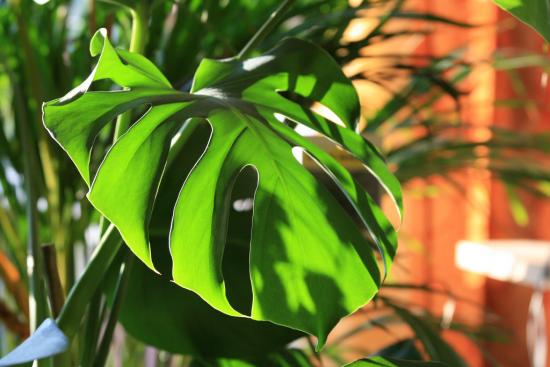
Monsteras were first discovered by researchers in the tropical forests of South America. For many years there have been legends about terrible killer plants. Perhaps the name of the flower comes from these terrible legends about tropical monsters. Although in Latin the words monster and attractive sound about the same.
Monstera was brought to Europe in the mid-18th century. Almost immediately, lovers of indoor flowers liked the picturesque vine with huge, oval, dissected leaves. Study and description continued for almost another hundred years vine from the Araceae family.
V.F. Karvinsky, who arrived at the head of an expedition to South America from St. Petersburg, did a lot in this regard.One of the types of evergreen vines was later named after him - Monstera Karwinski.
In the 19th century, 6 more new species of monstera were discovered and described in the South American tropical forests. This work was led by Missouri botanist T. Croat. Thus, by the beginning of the twentieth century, the following species of this plant were known:
- monstera deliciosa
- monstera karwinski
- monstera oblique
- Monstera Adanson
- Monstera Borziga
- monstera holey
Currently, the number of species has exceeded 20. Under natural conditions, monsteras are powerful vines, with large leaves up to a meter long and with powerful hanging aerial roots. The leaves have a varied dissection and are not only green, but also variegated in color.
Video on how to properly transplant a monstera:
The liana blooms, the inflorescence is a spadix with petals in the form of a blanket. In place of the flower, a completely edible fruit appears. Although monstera leaves contain needle-like formations that cause a burning sensation on the skin and mucous membranes, monstera fruits are eaten.
In indoor conditions, the size of the vine is somewhat smaller, but still quite impressive. It grows quickly, which makes it convenient for growing in the foyers of various institutions and offices. Although many gardeners find Monstera attractive in the interior of a living space. They not only successfully grow, but also propagate it at home.
Reproduction of monstera at home
In indoor conditions, monstera is propagated, as a rule, in three simple ways:
- cuttings
- apical cuttings with aerial roots
- air layering
Rooting monstera cuttings
You can take cuttings from a side shoot. Cutting it with a sharp, clean knife, divide it into cuttings 10-15 cm long.It is important that each cutting has two or three buds.
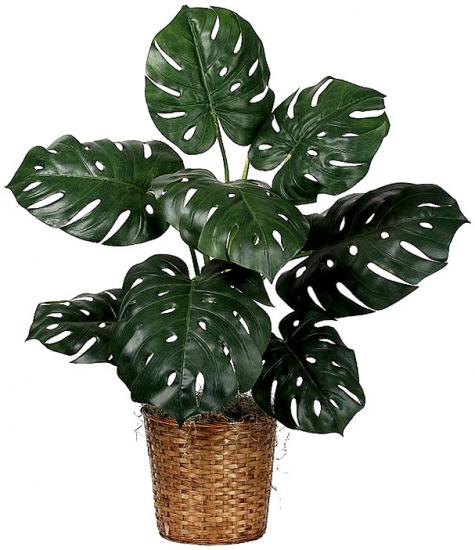
Place the cuttings on loose, moist soil made of peat and sand so that the lower bud is in close contact with it. Cover with clear plastic. As soon as roots begin to appear on the petiole and new leaves grow, it is transplanted into a pot. An important condition for propagation by cuttings is humidity and warmth.
Reproduction of monstera by apical cuttings with aerial roots
If at the top of the side shoot of the monstera there are air roots, then this part of the plant can be cut off along with the leaf and transplanted into a separate pot for rooting and further growth. In this case, the mother plant remains growing in its pot.
Monstera propagation by air layering
With this method of propagation, a shallow incision is made with a sharp, clean knife anywhere on the stem, but no closer than 0.6 m to the roots and below the leaf. A bandage of wet moss is applied to it. To retain moisture, the moss is wrapped in plastic film.
After about 30 days, aerial roots will appear under the bandage. This part of the plant is cut off and transplanted into another pot. Young plants need to be cared for in the same way as adult monsteras.
Monstera, principles of care
Due to the fact that the natural conditions for the growth of monstera are tropical rainforests, even in indoor conditions it requires a certain regime of humidity, heat and lighting.
Watering monstera
Watering vines are directly related to the ambient temperature. If the room is warm, +22+25, then the monstera is not only watered abundantly, but also sprayed and the leaves are wiped with a damp cloth. Under these conditions, the monstera grows intensively.
If the temperature drops to +16 +18, then growth slows down and the need for watering is less. In addition, you should not spray the plant if the room is cool. It should be borne in mind that newly transplanted monsteras need more water.
Temperature Requirements
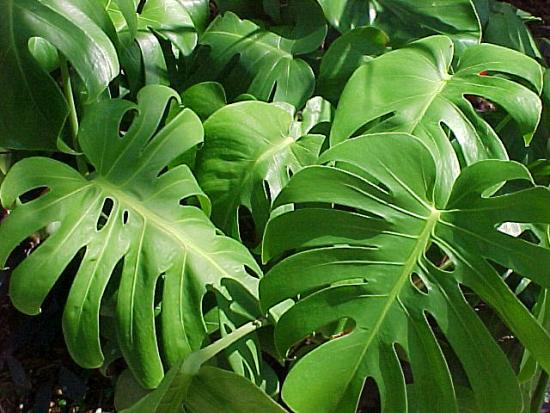
In summer, it is advisable to keep Monstera at a fairly high temperature. In conditions of high humidity, the plant feels good even at + 29 degrees. In the winter months, it is permissible to reduce the temperature to +16.
Lighting
In tropical forest conditions, monstera grows in the shade of taller plants, so direct sunlight is contraindicated for it. The best place for it is near the east or west window. On the south side she needs artificial shade.
Requirements for soil and planting pot
For monstera, a mixture of peat, sand and leaf soil is suitable. A good drainage layer is needed at the bottom. The size of the pot depends on the size of the plant, but taking into account the growth rate, even a small young monstera needs a pot with a diameter of 30 cm.
Every 2-3 years the vine will have to transplant into a large container. The plant is fed with complex fertilizers at least twice a year. And, although the vine blooms very rarely in the room, if all conditions are met, you can see unusual flowers at home.
Interesting information about the vegetable garden


